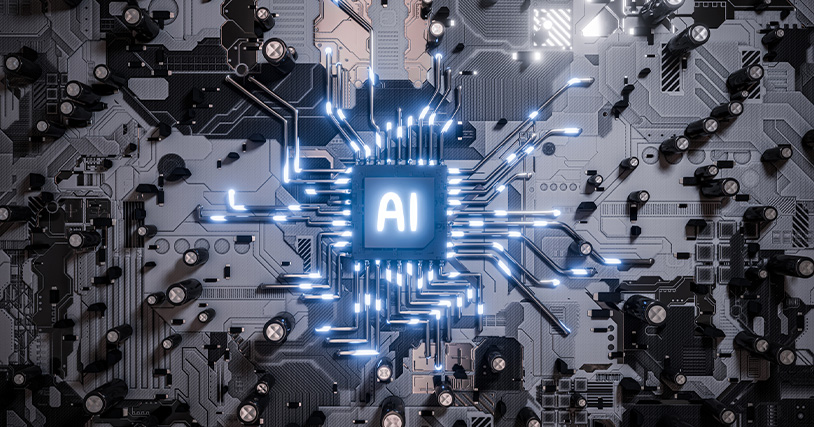
Cyber threats are growing, with artificial intelligence (AI) playing a significant role in their sophistication. Businesses need to be more diligent than ever to not only protect their data, but to protect their employees from the new strategies that are being employed. You are only as secure as your weakest link, and a vast majority of crippling cyberattacks start off with a simple phishing email or phone call that allows a cybercriminal access to the company network.
The Latest AI-Powered Tactics Being Used by Cybercriminals
Enhanced Phishing Attacks
- AI-crafted emails: Cybercriminals are using AI to generate highly convincing phishing emails, often devoid of spelling or grammar errors that could tip off unsuspecting recipients.
- Personalized messages: AI can analyze vast amounts of data to tailor phishing emails to individual targets, making them more likely to be successful.
Fake Profiles and Websites
- Social engineering: Cybercriminals may create fake social media profiles or websites to trick you into clicking on malicious links or divulging sensitive information.
- Verify authenticity: Always be cautious when clicking on links, especially those received through unsolicited messages. If a website or profile looks suspicious, try navigating to it directly instead of clicking on the link.
AI Voice Phishing
- Convincing impersonations: AI-powered voice synthesis can create remarkably convincing voice impersonations, making it difficult to distinguish between genuine and fraudulent calls.
- Beware of urgency: Be cautious of callers who create a sense of urgency or demand immediate action. Legitimate requests typically allow for time to verify information.
AI-Generated Malware
- Rapid evolution: AI can generate new malware variants at a rapid pace, making it challenging for traditional security measures to keep up.
- Evading detection: These variants often have subtle differences from known malware, allowing them to bypass detection systems.
Double Extortion
- Data theft and encryption: Cybercriminals may not only encrypt your data but also steal copies before encrypting, holding them for ransom or selling them on the dark web.
- Long-term consequences: Even if you pay the ransom, the stolen data can lead to legal issues, reputational damage, and financial loss.
How to Protect Yourself
- Stay informed: Keep up to date with the latest cyber threats and best practices. Follow blogs like Hughes or other well-known security magazines/journals to stay a step ahead.
- Be cautious: Exercise caution when clicking on links, opening attachments, or responding to unsolicited messages.
Verify information: Always verify the authenticity of requests, especially those that require immediate action. Be wary of a “sense of urgency” that cybercriminals use to make you skip critical thinking. - Use strong security measures: Implement security measures, such as multi-factor authentication, firewalls, Endpoint Detection and Response (EDR), Secure Access Service Edge (SASE), make sure you are updating your devices regularly, and discard devices that can no longer receive updates.
- Employee training: Educate your employees about the risks of cyber threats and how to identify and report suspicious activity.
If you have concerns about your employees falling victim to these new strategies, consider utilizing the services of a Managed Security Service Provider (MSSP) like Hughes. MSSPs can implement a zero-trust architecture that can protect your network and employees even if they click on a malicious link or fall victim to social engineering. With threat detection and response, cybercriminals won’t be able to dwell on your network long enough to escalate privileges and encrypt your files. Click here to learn more.